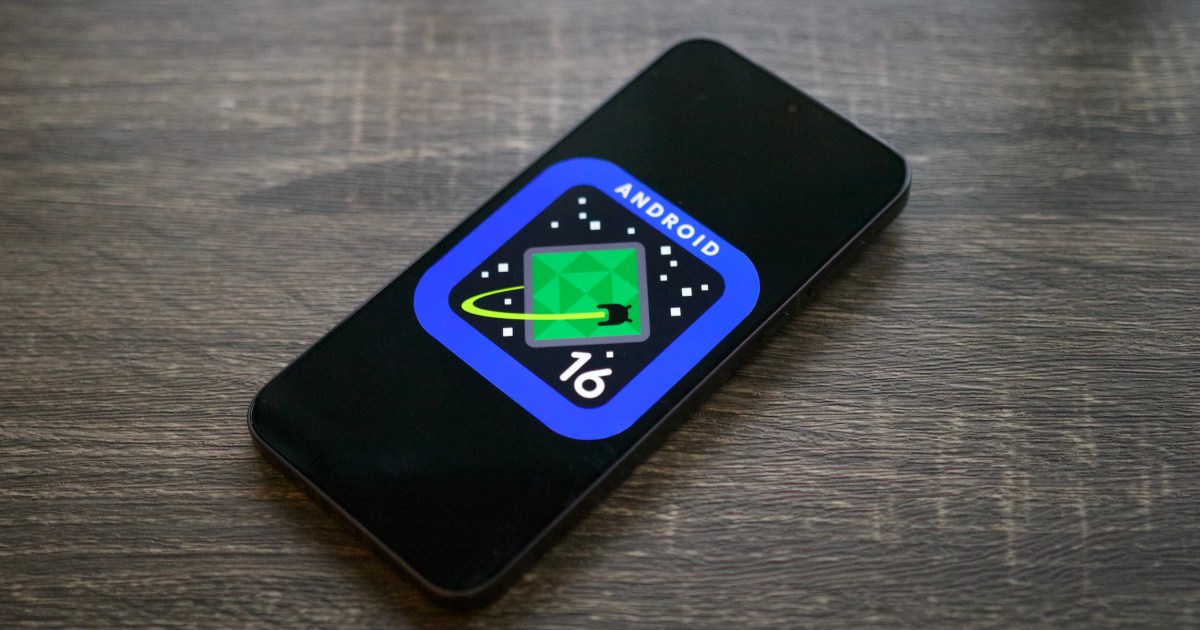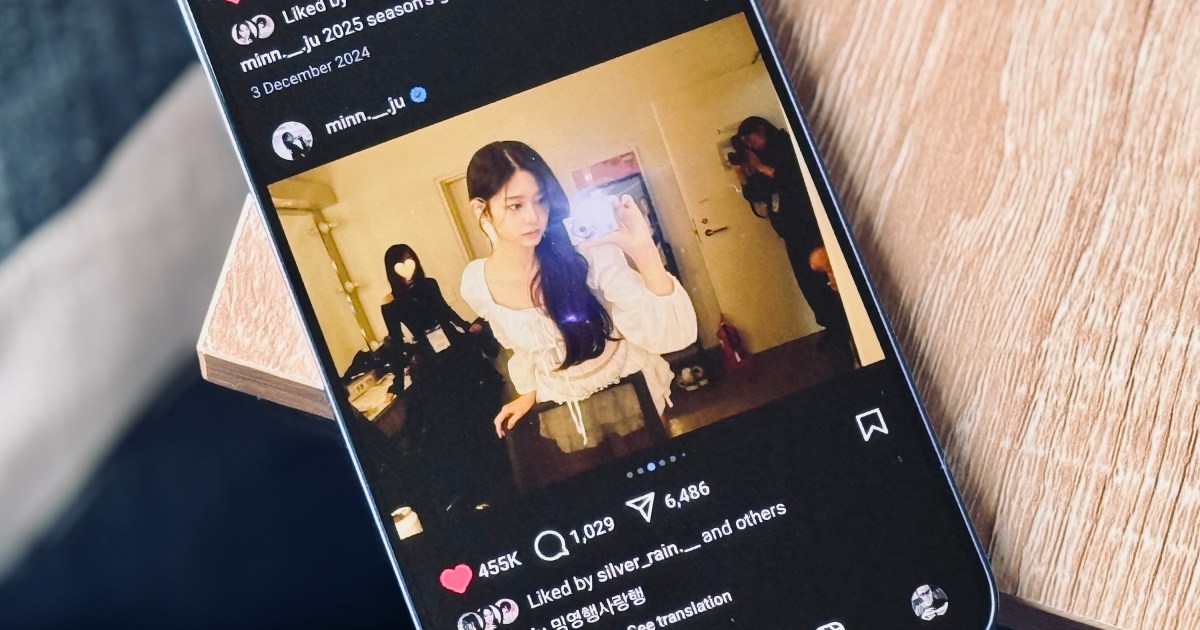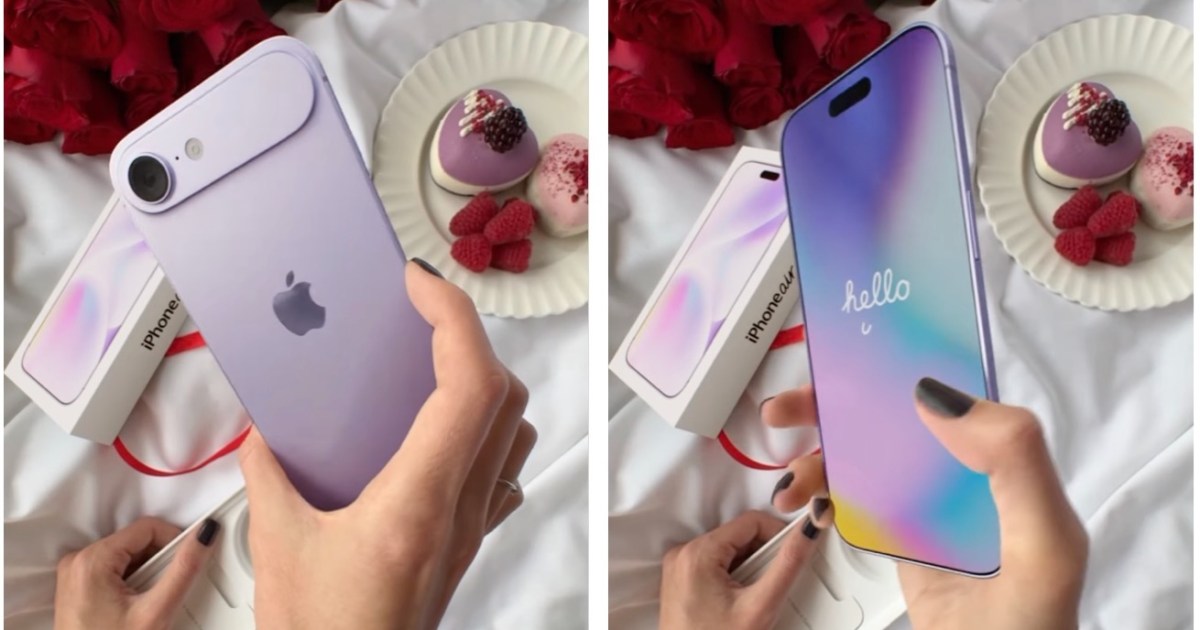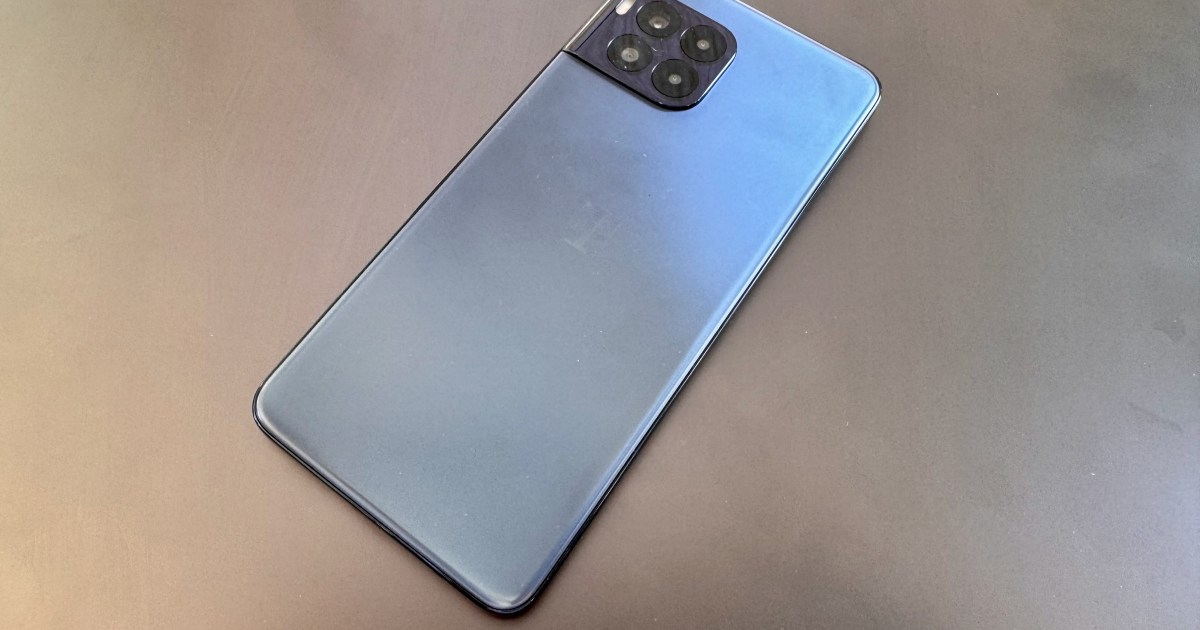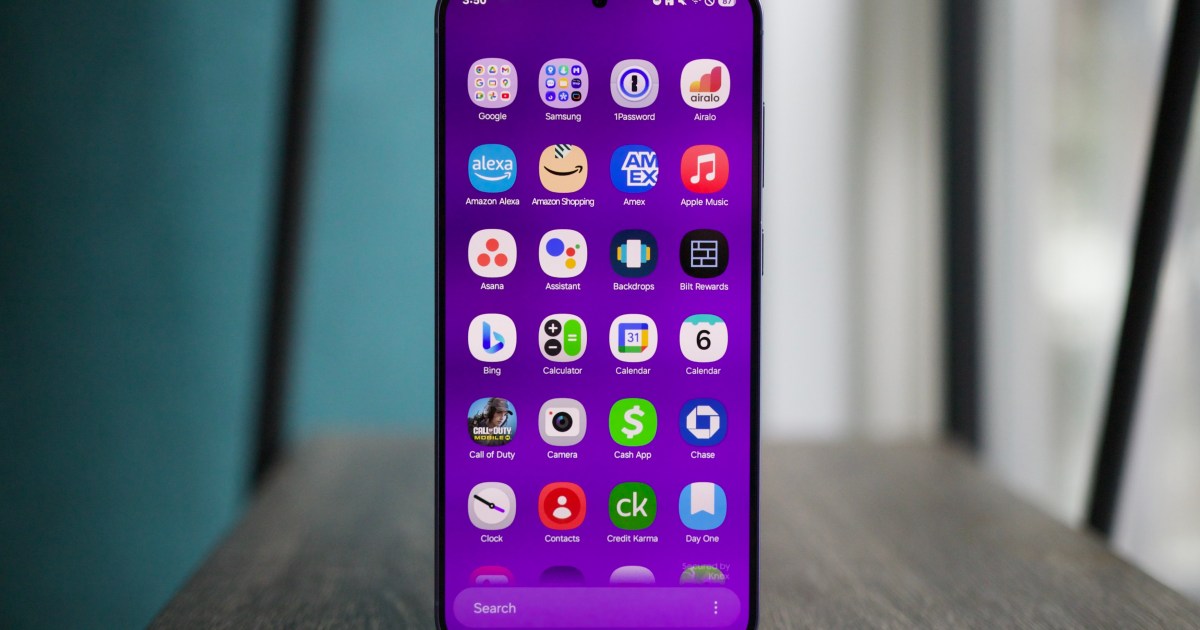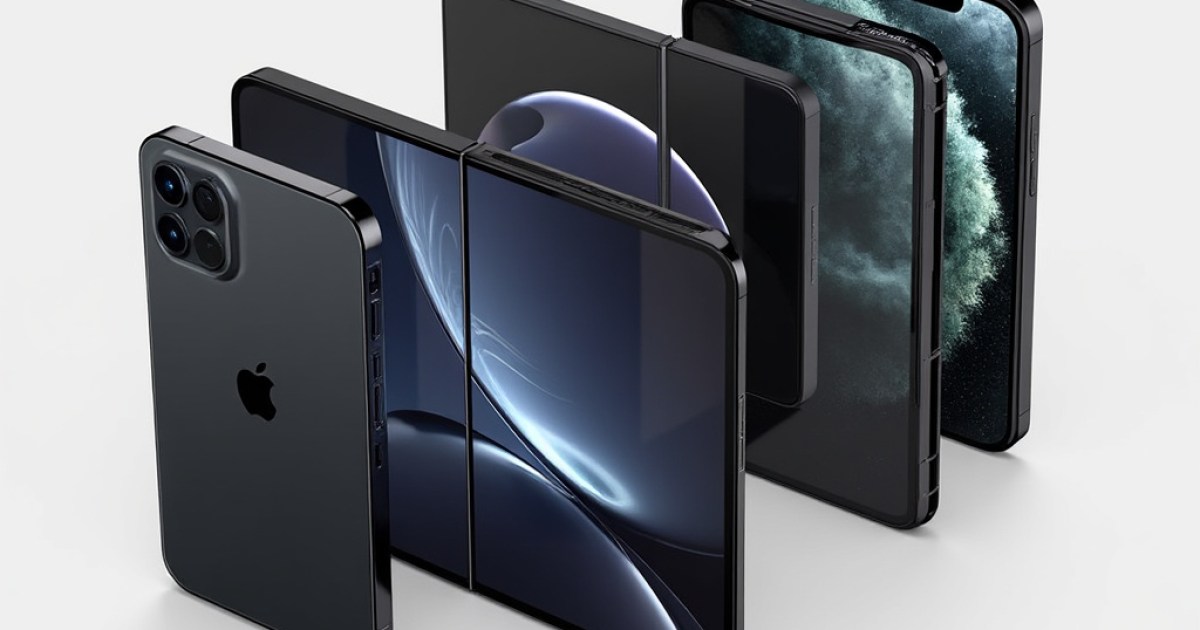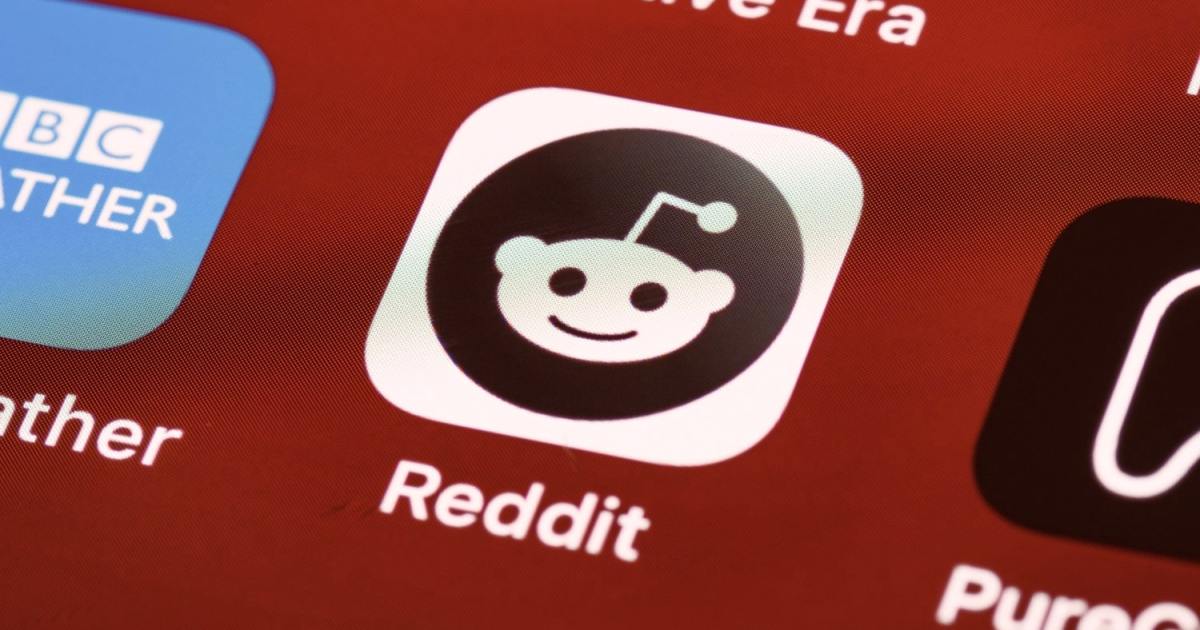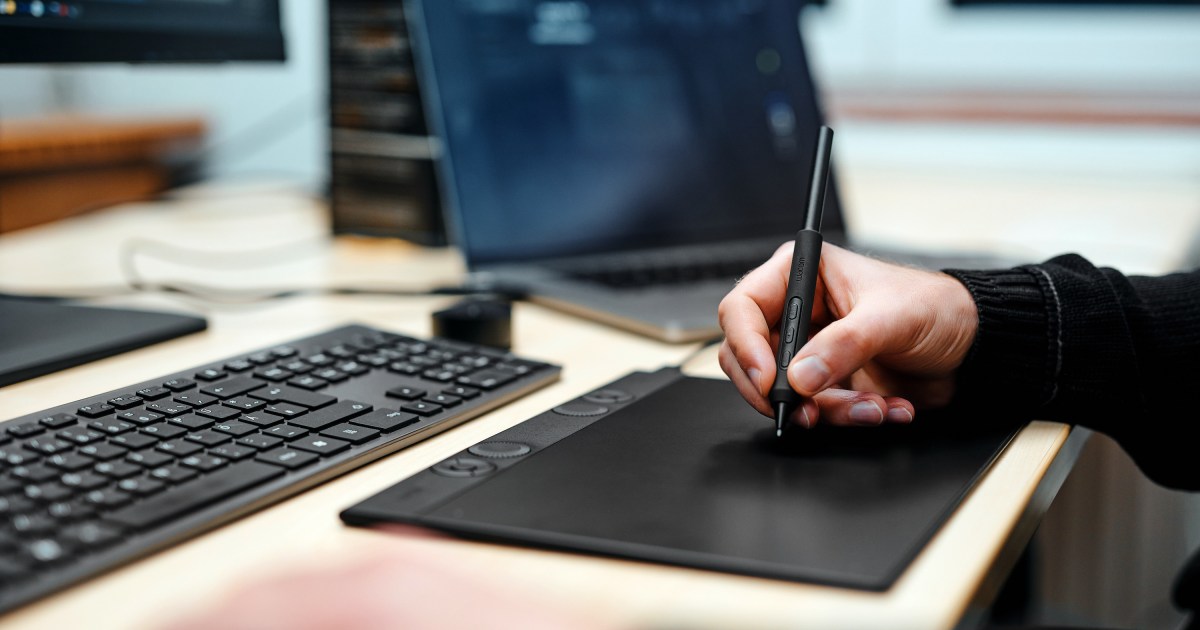Android 16 Beta 2 is rolling out to supported Pixel devices, bringing several under-the-hood improvements focused on enhancing the mobile photography experience. While not immediately visible to the average user, these framework changes promise finer control over camera settings and improved image quality in the near future.
A key upgrade is the introduction of a new hybrid auto-exposure system within the Camera2 API. Previously, automatic mode offered limited control, forcing users to navigate the complex Pro mode for more advanced settings. This hybrid system allows users to adjust ISO and exposure time while the algorithm manages other aspects. This provides greater control over exposure, enabling improved high dynamic range (HDR) photos, panoramas, and artistic shots in challenging lighting conditions. While manufacturers often implement their own auto-exposure solutions, the results can be inconsistent. This hybrid approach offers a balance between control and simplicity.
Another welcome addition is the ability to adjust frame temperature and tint levels, thanks to a new color correction pipeline. This gives users more control over white balance, allowing for precise color adjustments beyond the capabilities of standard automatic systems.
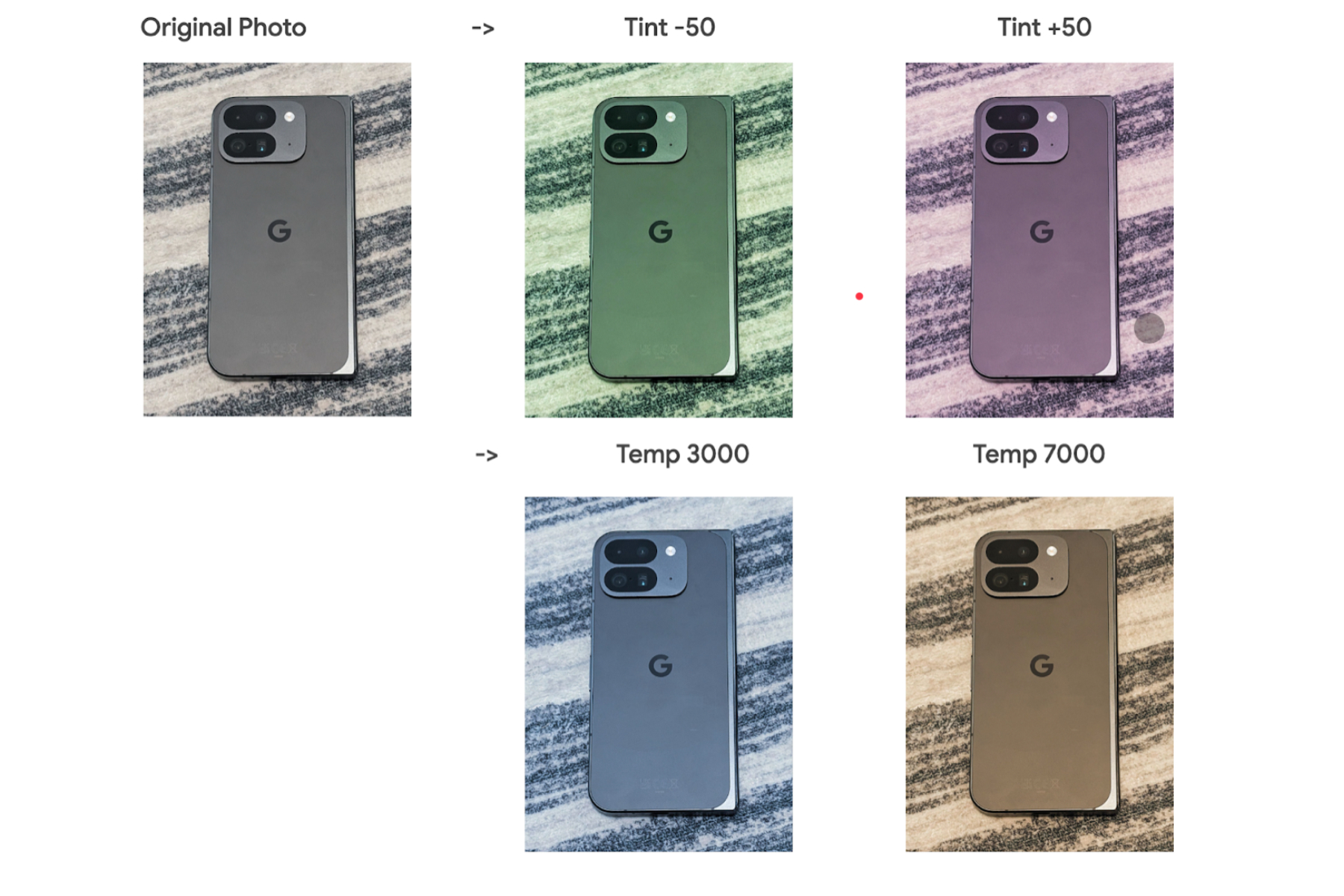 Preview of tint and temperature control in android 16 camera app.
Preview of tint and temperature control in android 16 camera app.
With granular tint and color controls, users can compensate for external lighting variations and achieve precise color tones in their videos. Additionally, the update introduces standardized support for capturing motion photos. While Google has offered similar functionality through Action Pan, Long Exposure, and Top Shot, this update aligns Android 16 with the Live Photo features found on iPhones and other smartphones, providing a more consistent experience.
Android 16 Beta 2 also includes support for the HEIC image format for UltraHDR photos. HEIC offers better compression than JPEG, saving storage space without compromising image quality. Google is also working to add AVIF format support in future releases.
Platform stability for Android 16 is expected in the coming months, with the stable build anticipated sooner than previous Android versions. Currently, beta testing is limited to Google Pixel devices.



